Diaphragmatic hernia
A diaphragmatic hernia is a congenital anomaly characterized by the movement of abdominal organs (eg, loops of the intestine, liver, stomach, spleen) into the chest through a defect in the diaphragm. This pathology occurs quite often: 1 case per 2000 newborns, and boys suffer from this disease more often than girls. The hernia can be localized on the left, on the right side, or both sides at the same time. Pathology can occur both in isolation and in combination with developmental abnormalities of other organs and systems, most often heart defects. Diaphragmatic hernia of newborns is a dangerous life-threatening condition since the displacement of the abdominal organs leads to hypoplasia of the lungs and the appearance of pulmonary hypertension, which interferes with the normal process of breathing.
What are the types of diaphragmatic hernias?
Diaphragmatic hernias are divided into true, occurring in 10-25 percent of cases, and false, ranging from 75 to 90 percent. True hernias develop as a result of muscle underdevelopment in certain areas of the diaphragm and have their hernial sac, the walls of which consist of serous integuments - peritoneal and pleural sheets. A false hernia is characterized by the presence of a through-hole in the diaphragm, formed as a result of underdevelopment of the pleuroperitoneal membrane or due to its rupture due to excessive stretching.
Reasons for the development of diaphragmatic hernia in children
Today, a diaphragmatic hernia is considered a multifactorial disease, the development of which is influenced by a combination of several adverse circumstances. About 10-12% of congenital diaphragmatic hernias that were diagnosed during pregnancy are manifestations of various hereditary syndromes (Cantrell pentad, Frinze, Lange, Marfan, Ehlers-Danlos syndromes, etc.) or chromosomal abnormalities and gene abnormalities. In other cases, the birth of a child with a diaphragmatic hernia can be triggered by:
- a complicated course of pregnancy;
- the effect of ionizing radiation on a pregnant woman;
- smoking, drinking alcoholic beverages, taking drugs;
- treatment of a pregnant woman with antibiotics, cytostatics, and other toxic drugs, which has a teratogenic effect on the fetus;
- unfavorable ecological situation and harmful occupational conditions.
Symptoms
Clinical signs of congenital diaphragmatic hernia in children usually appear immediately or for some time after birth. The brightness of the symptoms depends on the size of the defect in the diaphragmatic tissues. In severe cases, symptoms occur in the first hours after childbirth and include manifestations of respiratory failure, cyanosis of the skin, asymmetry of the chest, regurgitation, refusal to feed, sleep disturbance, and constant crying.
Treatment
The main method of treating diaphragmatic hernia in children is surgery - fundoplication. The operation can be performed both by the traditional method and laparoscopically. Today, most specialists resort to laparoscopic intervention, since it has a number of its advantages. During the operation, optical equipment and instruments are inserted into the abdominal cavity through micro-incisions. A cuff is formed from the fundus of the stomach around the lower esophagus. Thus, the ring in front of the esophageal opening of the diaphragm thickens and the organ cannot protrude into the chest cavity.
Specialists of the Dobrobut network of medical clinics in Kyiv treat newborns with diaphragmatic hernia. Our doctors are the best highly qualified surgeons in Ukraine, they have extensive experience in performing such operations. Our arsenal also includes the availability of modern diagnostic and treatment equipment, an individual approach to each patient, high-quality service, reasonable prices.
You can sign up for a consultation with a specialist or find out the exact cost of treatment on our website or by calling the call center.
Bibliography
- Holly L. Hedrick, Julie S. Moldenhauer, etc - Congenital Diaphragmatic Hernia (CDH). Published online, January 26, 2021.
- Congenital Diaphragmatic Hernia (CDH). Last updated 2021.
- Congenital Diaphragmatic Hernia | Boston Children's Hospital. Last updated 2020.
- Jen Lehrer, Raymond Kent Turley, Rita Sather - Diaphragmatic Hernia in Children. Published online, 2021.
Our advantages
Our services
Choose the nearest clinic to you
ISO certificates
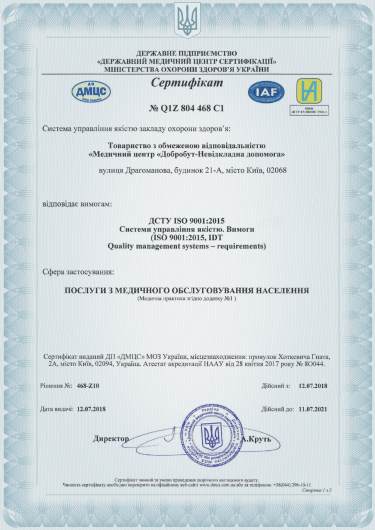
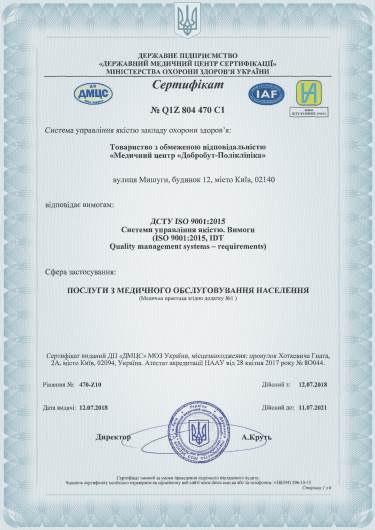
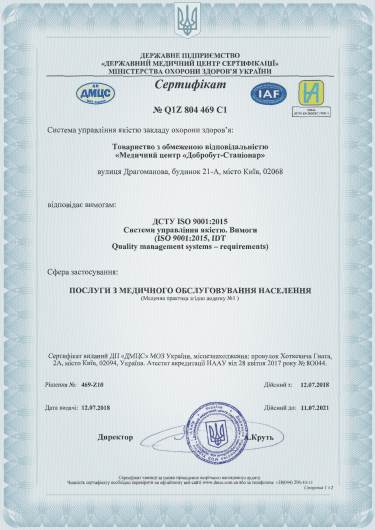
Accreditation certificates
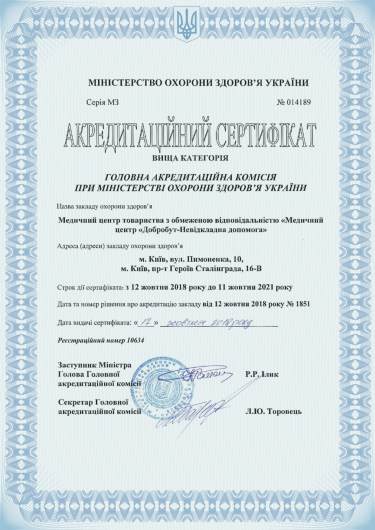
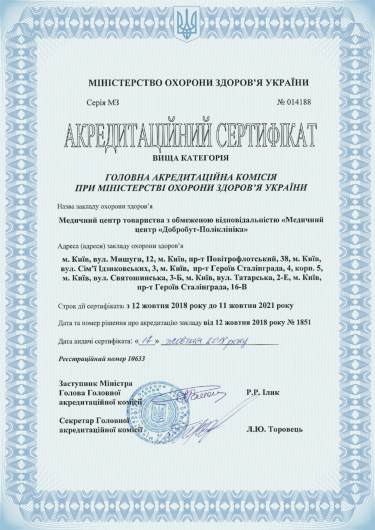

Medical practice licenses
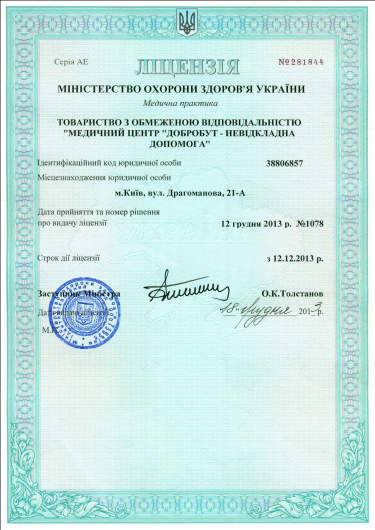
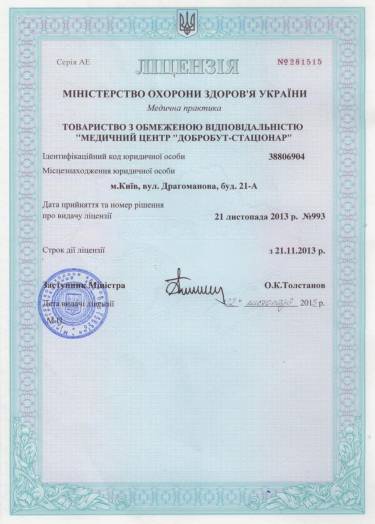




@2x.png)
@2x.png)
%402x.png)
%402x.png)
